Valves are essential plumbing products. They serve many vital functions. They can regulate the flow of liquids within pipelines. Valves also turn on or off the liquid supply. The ball valve is a popular type of plumbing valve.
We use ball valves in houses and industries. Due to their durability, ball valves are buyers’ favorite choice. Let’s check out how a three-way ball works.
What is a Three Way Ball Valve?
The ball valve has a ball-shaped disk inside. The disc controls the flow of liquids and gasses in a plumbing system. The ball contains a hole in the center. When the valve is open, the hole lies parallel to the outlet. When the valve is closed, the hole moves opposite the initial state.
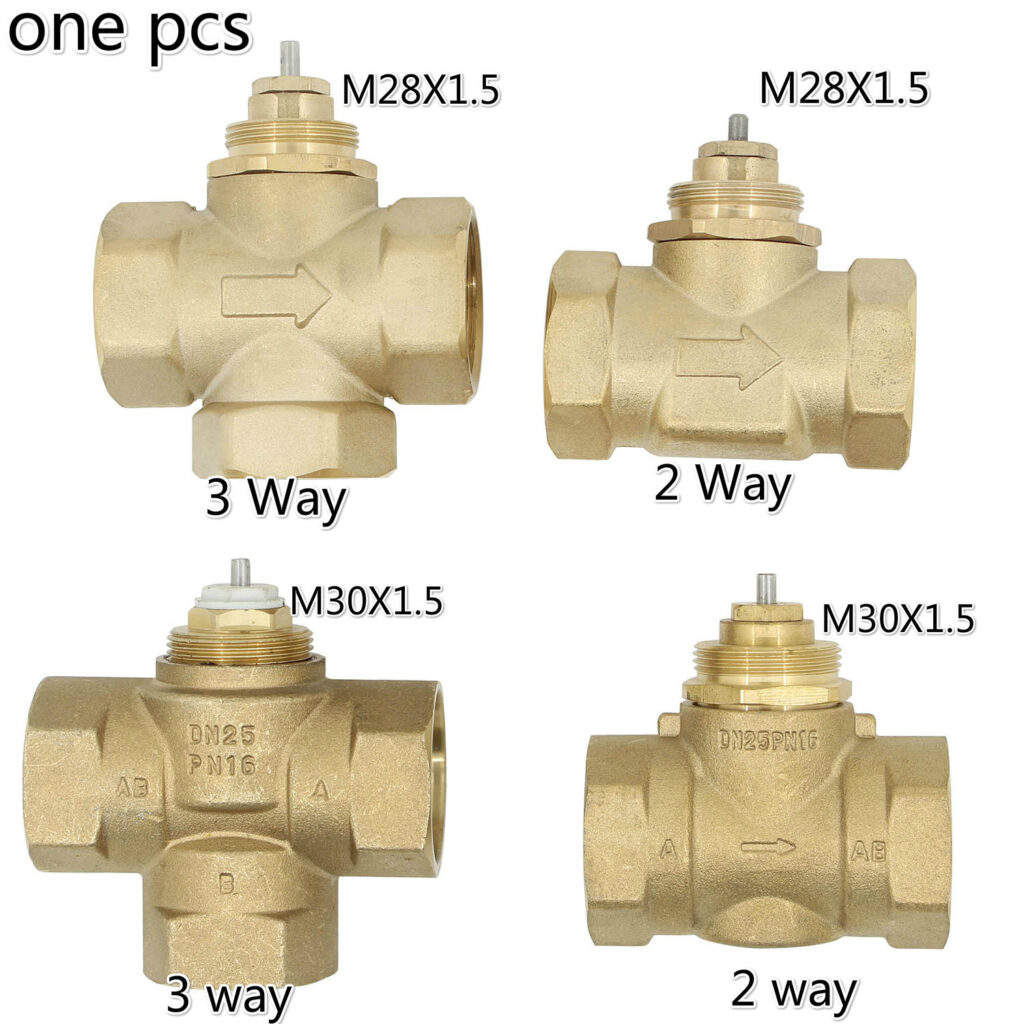
The three-way ball valve contains three openings. It controls the flow of liquids and gasses between three pipelines. These valves are perfect for multiple operations at a time, especially in industries. The three-way ball valve can regulate flow. It can also work as a shut-off valve.
The openings of the three-way ball valve can be one inlet or two outlets. Depending on usage, it can be either two inlets or one outlet. The structure of the valve results in a steady flow across each opening. The number of ports does not affect the regulation of flow.
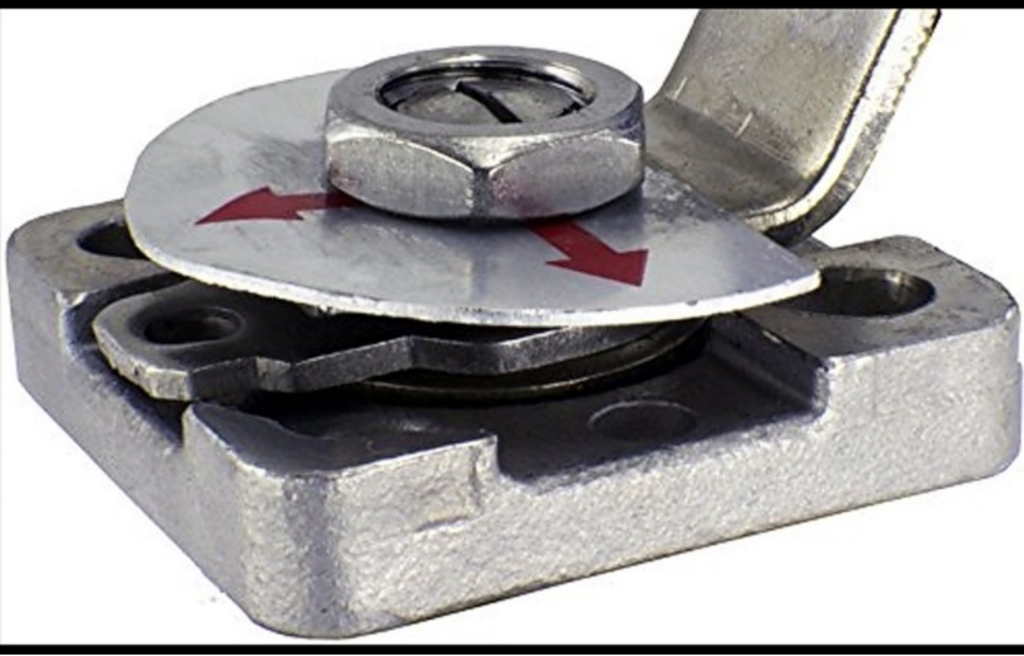
The multi-functional property of this valve makes it cost-effective. It eliminates the need to shut off the valve as it can do both the job of regulation and shut off. It can even split the liquid and gas into two openings without disturbing the flow.
| Specifications. Product: T-port Three-way Ball Valve. Material: Stainless steel. Size: 1 Inch. Pressure: 200 Psi. Fluid Working Temperature: – 20°F to 410°F Applications: The product is Best for flow control of Water, gasses, oil, acids, and alcohols. |
Types of Three-Way Ball Valve:
Three-way ball valves come in different styles. Each type has a specific function and structure. Below are the essential types of three-way ball valves.
T–Port Three-Way Ball Valve:
The T-port valve is named so because of its shape. This valve can mix fluids from two inlets to one outlet. It can also merge one channel into two outlets under conditions. Generally, they divide the flow of liquid and gas. The t-port three-way ball valve can mix and block the flow, allowing a streamlined flow.
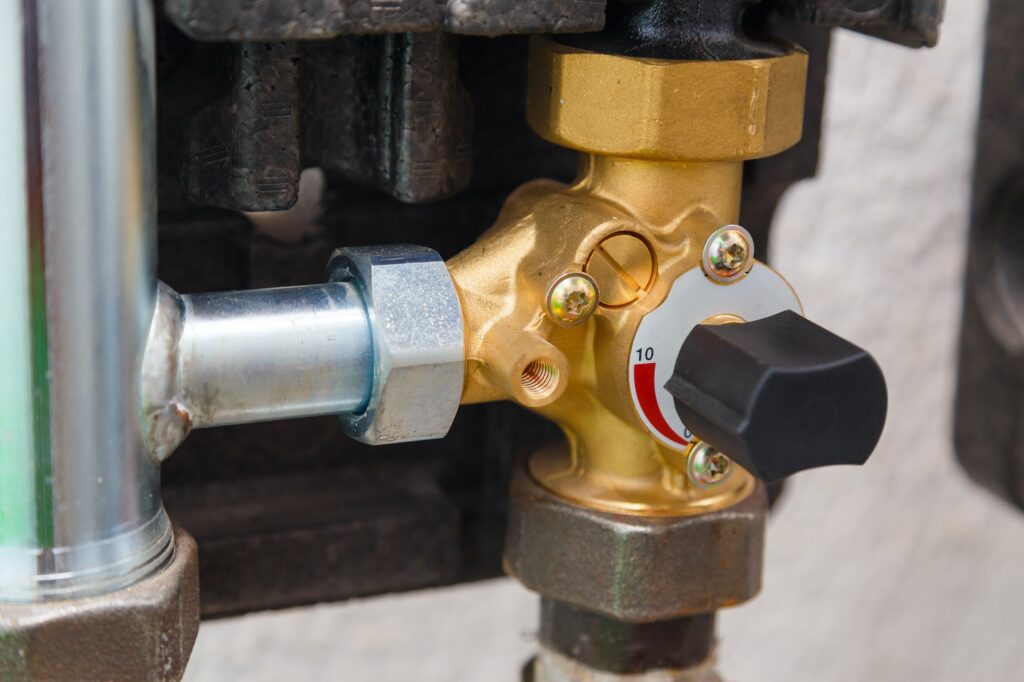
These valves allow fluid passage from two openings, blocking the third one. The flow can be either left, right, or straight at a 180-degree angle.
L-Port Three-Way Ball Valve:
The l-port ball valve has a shape that looks like the alphabet L. It allows the flow of liquids or gasses from the inlet to one of the outlets. Unlike T-port valves, it works between two ports at a time. It is also termed a Diverter Valve because of its operating mechanism.
L-port three-way ball valve can shut off or regulate the flow. The range of the handle is 90 degrees in one direction only. It is perfectly applicable when multiple sources are present, and they draw fluids to other pipelines. It commonly switches flow between two different pipes.
Forged Three-Way Ball Valve:
The valve body of a forged three-way ball valve is made from a single piece of metal that is shaped by froging. The manufacturing process involves heating and pressing the metal into shape. It makes the valve body more robust and more durable.
The ball in the valve is usually made from stainless steel and is designed to rotate inside the valve body. When the valve is in the closed position, the ball blocks the flow of fluid through the valve. When the valve opens, the ball rotates, allowing the liquid to flow through one of the three ports.
Forged three-way ball valves are standard, where a single valve needs to control the flow between two pipelines. They are often used in the oil and gas industry. They are also applicable in chemical and pharmaceutical plants.
Floating Three-Way Ball Valve:
The “floating” in its name refers to the design of the ball, which “floats” between two sealing surfaces. The ball inside the valve floats between two seats or sealing surfaces. It allows the ball to move freely in response to changes in pressure and flow. This design is commonly used in lower-pressure applications. It is less expensive than the designs used in higher-pressure applications.
Floating three-way ball valves are commonly used in various industries, including oil and gas, chemical processing, and water. They are often preferred over other valves because of their reliability and ease of use.
Applications of Three-Way Ball Vale:
The three-way ball valve has several applications. Each type applies to specific work. Here are the vital applications of three-way ball valves.
- The t-port three-way ball valves are applicable to control the flow of fluids in pipelines. We can turn the handle to pass liquids through both valve ports. It allows precise control over the direction and flow of liquids.
- We can use T-port ball valves to blend two different fluids and gasses. In chemical processing systems, it can direct the flow of both mediums to one outlet.
- The t-port three-way ball valves can divert the flow of liquids from one pipeline to another. It is common for maintenance purposes in the oil and gas industries.
- T-port valves can control the temperature of a liquid or gas by directing it to the cooling chamber. It requires fluids toward heat-reducing sections in a controlled manner.
- Three-way ball valves are applicable at points where repairing is needed. It can isolate parts of pipelines and can shut off flow.
- Using a three-way ball valve can reduce the required valves in a system. It can lead to cost savings and a more straightforward, streamlined design. In a chemical processing plant, a three-way ball valve can direct the flow of different chemicals to different mixing tanks. It saves the hustle of having multiple valves for each tank. It makes the three-way ball valves more convenient and cost-friendly.
Working of Three-Way Ball Valve:
A three-way ball valve is a type of valve that has three ports or openings in the valve body. The valve works by using a rotating ball with a hole through the center that can be turned to control the fluid flow. The ball has a bore through the center that the valve handle rotates. When the bore is aligned with one port, fluid can flow through the valve.
Here’s how each part of the three-way ball valve works.
The valve body:
The valve body is typically metal and has three openings or ports. Two ports opposite each other are the inlet ports, and the third port is perpendicular to the inlet ports and is called the outlet port.
The ball:
The ball is a spherical shape with a hole in the center. It is of the same diameter as the inlet and outlet ports. The valve handle rotates the ball to control fluid flow through the valve.
The valve handle:
The valve handle is attached to the ball and is used to rotate the ball to align the hole with the desired port. The valve handle can be turned 90 degrees to open or close the valve fully. It can also be turned to an intermediate position to mix the fluids from the two inlet ports.
The seals:
The seals prevent fluid leakage around the valve stem and ball. The seals are typically made of a soft material, such as PTFE or rubber. They create a tight seal when compressed against the valve body.
The flow of fluid:
When we turn the valve handle to align the hole with one inlet port, the fluid can flow through the valve and out the outlet port. When we align the valve handle to the bore with the other inlet port, the fluid can flow through the valve and out the outlet port. When we turn the valve handle to an intermediate position, the liquid from both inlet ports can mix and flow out of the outlet port.

The T-port three-way ball valve allows three valves to open simultaneously. In the body, the valve mixes the liquids from two ports. The mixture can exit from the third port of the valve. Similarly, the situation can be vice versa according to the conditions.
We can change the flow direction in the L-port Three-way ball valve by turning the handle to 90 degrees. On every turn, the direction changes by sealing a port and opening other. In this type, we cannot open three ports simultaneously.
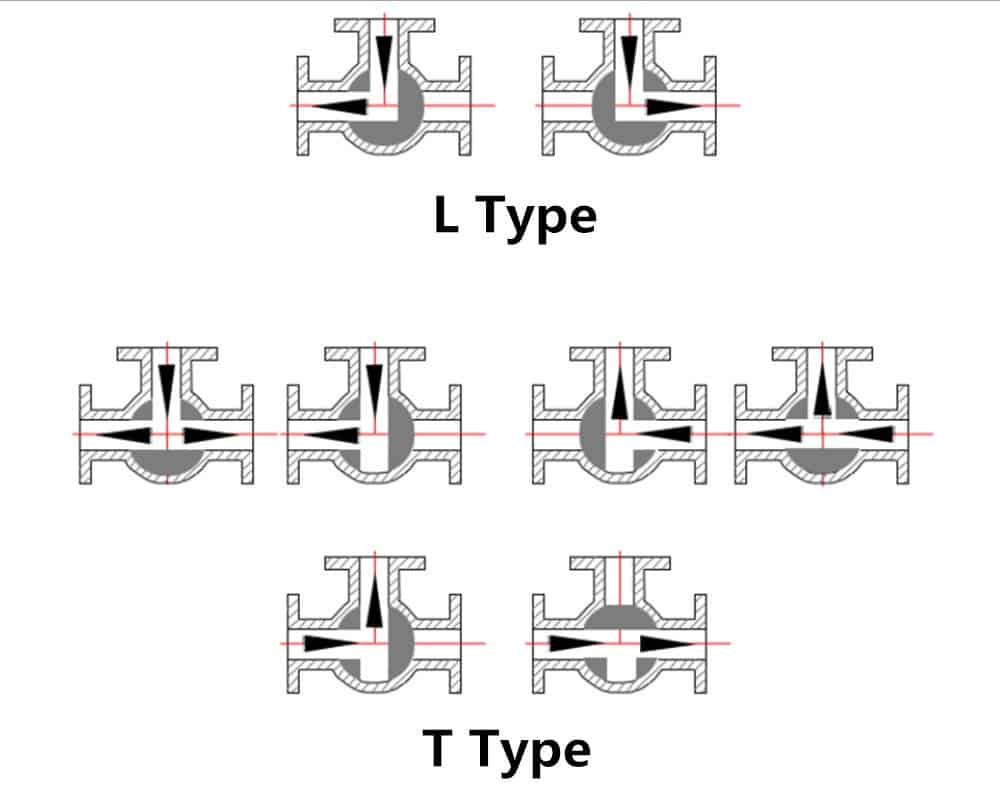
In the case of a three-way electric ball valve, the working mechanism depends on the actuator. The actuator works by use of electric power. The actuator rotates the ball present in the valve body. It causes the sources to align with the inlets and outlets. It provides a passage for liquid and gasses to pass through. Similarly, bringing the actuator back to its position will close the valve.
How to Install a Three-Way Ball Valve?
Installing a 3-way ball valve seems tricky, but it can be easy with the right tools and steps. Here’s a step-by-step guide on how to install a 3-way ball valve:
Materials you’ll need:
- 3-way ball valve
- Teflon tape
- Wrenches
- Pipe cutter
- PVC or metal piping
- Thread sealant
Step 1: Shut off the water supply. Turn off the main water supply before starting any plumbing project.
Step 2: Cut the pipes. Cut the pipes where you want to install the valve. Be sure to leave enough space for the valve and fittings to be installed.
Step 3: Install the fittings. Install the fittings on both ends of the pipes. Use the appropriate type of fitting for your piping material.
Step 4: Apply Teflon tape. Wrap Teflon tape around the threads of the ball valve. It will help create a tight seal and prevent leaks.
Step 5: Install the ball valve. Screw the ball valve onto the fittings. Use a wrench to tighten the valve, but be careful not to over-tighten and damage the threads.
Step 6: Apply thread sealant. Apply thread sealant to the threads of the fittings and the ball valve. It will further prevent leaks and ensure a tight seal.
Step 7: Turn on the water supply. Turn the main water supply back on and test the valve for leaks.
Advantages of Using Three-Way Ball Valve:
Three-way ball valves perform more than one function. They are economical and do more jobs at less cost. Below are the advantages of using three-way ball valves.
- Three-way ball valves offer less media resistance. It results in a more stable flow.
- They have a simple and manageable structure.
- As it has three ports, three-way the valve can mix incoming fluids.
- This valve offers a quick turn-on or off the media supply. It is primarily a quarter-turn valve, so it can quickly be turned at 90 degrees.
- The three-way ball valve is a cost-friendly product. It is because it can perform multiple functions at one valve’s cost.
- The valve has a reliable structure. Ball valves can perform their duty for a long without wearing out.
- Three-way ball valves can undergo harsh pressure conditions. They often come with high-media temperature facilities.
- The three-way ball valve has a self-cleaning property. They wash away the impurities from the fluid and save the structure of the valve.
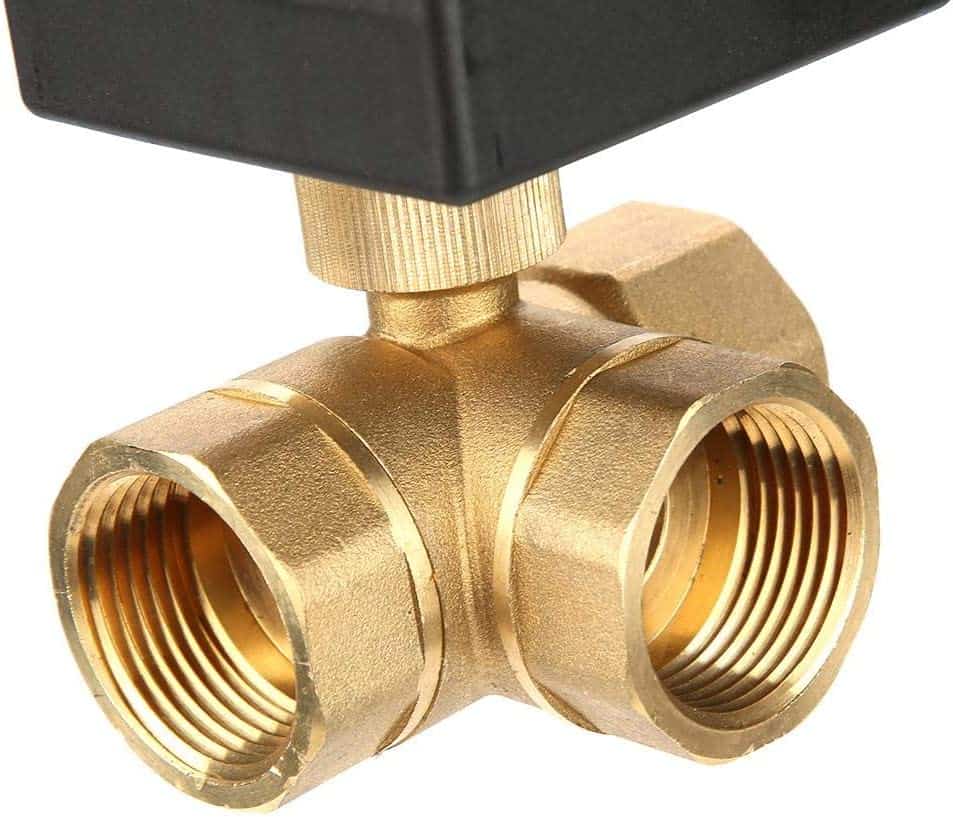
Conclusion:
Three-way ball valves are the best option for flow control across two Pipelines. They have excellent flexibility. Their structure makes them perfect for industrial use. Three-way ball valves serve the function of more than one valve. It makes them cost-effective.
The working mechanism of this valve is very effective. You can purchase the right product by listing down your requirements. It makes it easy to choose the right product that lasts long.
